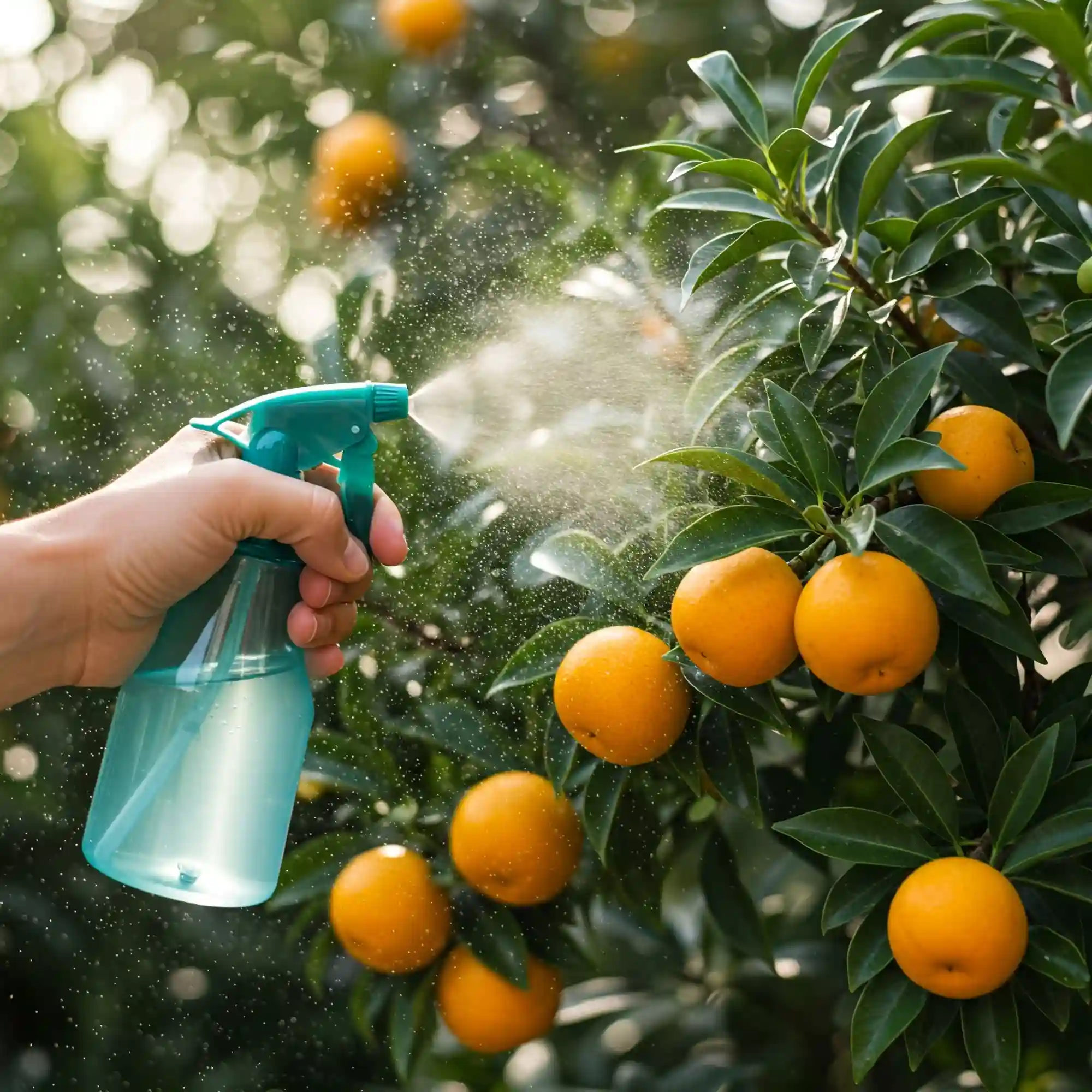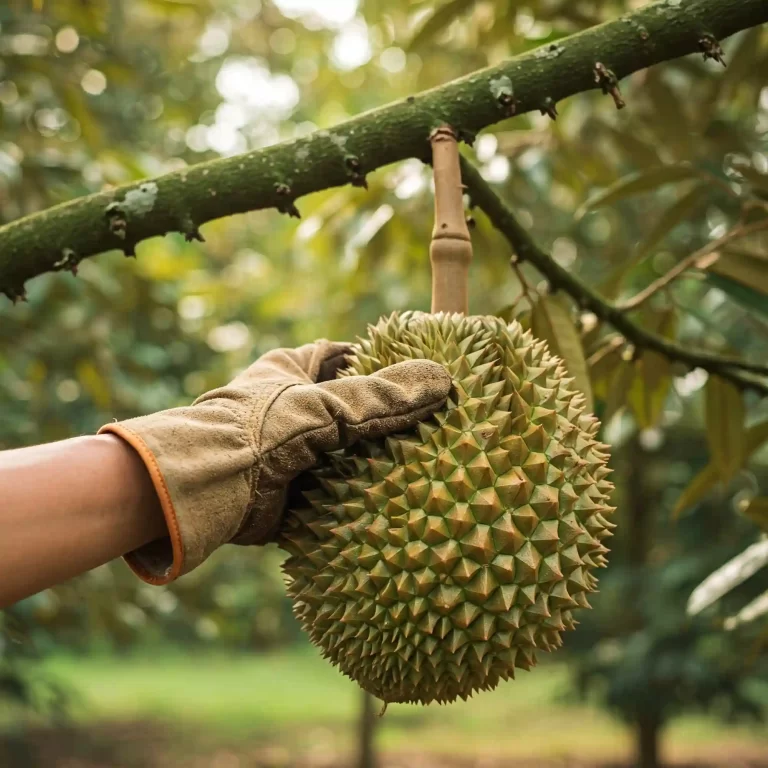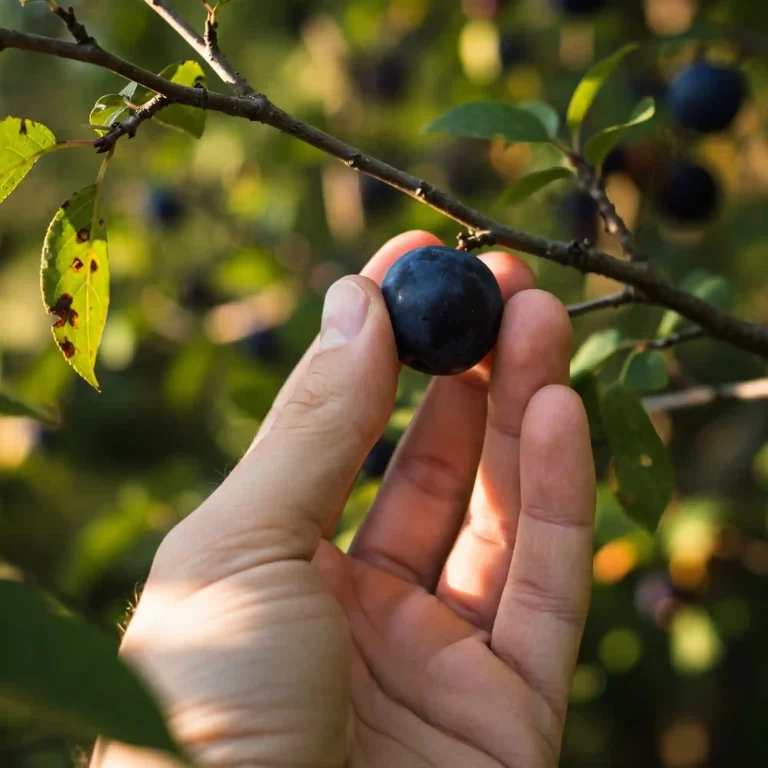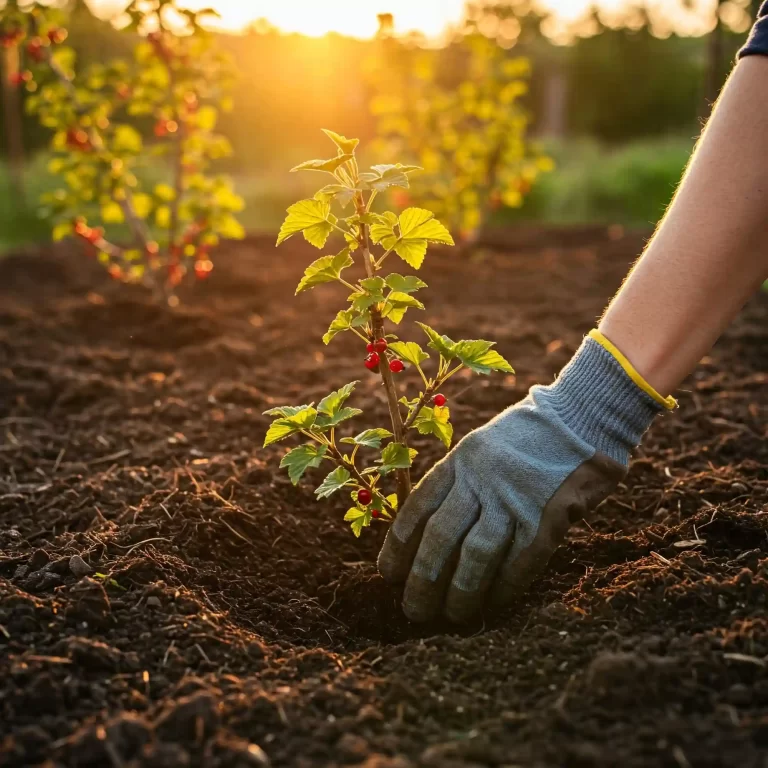Tired of the same old fruits? Dreaming of adding a touch of the exotic to your garden? Then you might be interested in growing Canistel (Egg Fruit)! This unique tropical fruit offers a creamy, custard-like texture and a subtly sweet flavor. While it may seem daunting, cultivating Canistel trees can be a rewarding experience. However, it requires a bit of knowledge and the right approach. This guide will equip you with the essential information and secrets to successfully grow Canistel trees at home, from selecting the perfect location to harvesting the delicious fruit.
Understanding Canistel Trees
Canistel trees, scientifically known as Pouteria campechiana, are evergreen trees native to the tropical and subtropical regions of the Americas, including South America, Central America, and the Caribbean. These slow-growing trees can reach impressive heights of 20 to 40 feet, creating a majestic presence in any landscape. Their dense, rounded canopy provides shade and adds a touch of tropical elegance to your garden.
One of the most striking features of Canistel trees is their foliage. The leaves are large, typically 4 to 8 inches long, with a glossy, dark green surface that reflects sunlight beautifully. The leaves have a distinctive shape, often described as elliptical or obovate, with a pointed tip and a slightly wavy margin.
Beyond their aesthetic appeal, the leaves play a vital role in the tree’s overall health. They are responsible for photosynthesis, the process by which the tree converts sunlight into energy. Healthy, vibrant leaves are a good indicator of a thriving Canistel tree.
Choosing and Planting Canistel Trees
Selecting the right Canistel tree and planting it correctly are crucial steps in ensuring its successful growth and eventual fruit production. Let’s delve into the process:
Selecting Healthy Seedlings
When choosing Canistel seedlings, it’s essential to select healthy plants from a reputable nursery. Look for seedlings with vibrant green leaves, a sturdy stem, and no signs of disease or pests. Avoid seedlings that appear stunted or have any visible damage.
Consider purchasing grafted varieties of Canistel. Grafting is a technique that involves joining the scion (a cutting from a desired variety) to the rootstock of another tree. This method can significantly speed up the time it takes for the tree to start producing fruit, sometimes by several years.
Preparing the Planting Site
Selecting the right location for your Canistel tree is crucial for its growth and productivity. Choose a sunny spot in your garden that receives at least 6-8 hours of direct sunlight per day. Ensure the area provides ample space for the tree to mature, as Canistel trees can reach a considerable size.
Before planting, prepare the soil by amending it with organic matter such as compost or well-rotted manure. This will improve soil drainage, aeration, and nutrient content. Dig a planting hole that is slightly larger than the root ball of the seedling.
Planting Your Canistel Tree
Gently remove the seedling from its nursery pot, being careful not to disturb the root ball. Place the seedling in the planting hole, ensuring that the top of the root ball is slightly above ground level. Backfill the hole with the prepared soil, gently firming it around the roots. Water the newly planted tree thoroughly to settle the soil and encourage root growth.
Finally, apply a layer of organic mulch around the base of the tree. Mulch helps to retain moisture, suppress weeds, and regulate soil temperature. Avoid piling mulch directly against the trunk of the tree, as this can promote disease.
Caring for Your Canistel Tree
Caring for your Canistel tree involves providing the right conditions for optimal growth and fruit production. This includes proper watering, fertilization, and pruning. Let’s delve into each of these aspects:
Watering Needs
Consistent and proper watering is essential for the health and productivity of your Canistel tree. Young trees require more frequent watering than established ones. During the dry season, water deeply and regularly to ensure the soil remains consistently moist but not waterlogged.
Overwatering can be detrimental, leading to root rot. To avoid this, allow the top few inches of soil to dry out slightly between waterings. You can also check soil moisture by inserting your finger into the soil. If it feels dry, it’s time to water.
Fertilizing Your Canistel Tree
Regular fertilization provides Canistel trees with the essential nutrients they need for optimal growth and fruit production. Use a balanced fertilizer specifically formulated for fruit trees, such as a 10-10-10 or 15-15-15 formulation.
Apply fertilizer during the growing season, typically in spring and early summer. Follow the recommended dosage on the fertilizer package. Organic fertilizers, such as compost, manure, or fish emulsion, can also be beneficial.
Pruning Your Canistel Tree
Pruning is an important aspect of Canistel tree care. It helps to maintain the tree’s shape, encourage fruiting, and remove any dead, diseased, or crossing branches.
For young trees, focus on shaping the tree and removing any weak or damaged branches. For mature trees, prune to maintain a balanced canopy and improve air circulation. Avoid heavy pruning, as it can stress the tree and reduce fruit production.
Protecting Your Canistel Tree
While Canistel trees are generally resilient, they can be susceptible to certain pests and diseases. Regular monitoring and proactive measures can help protect your tree and ensure its overall health.
Pest and Disease Control
Common pests that can affect Canistel trees include scale insects, mealybugs, and aphids. These pests can sap the tree’s vitality and reduce fruit yield.
- Scale Insects: These small, immobile insects attach themselves to the branches and leaves, sucking out plant sap. They can cause leaf discoloration, stunted growth, and even tree death.
- Mealybugs: These soft-bodied insects are covered in a white, cottony substance. They feed on plant sap and can weaken the tree.
- Aphids: These tiny, pear-shaped insects can infest the leaves and stems of the tree, causing leaf curling and distortion.
Regularly inspect your tree for signs of infestation, such as discolored leaves, sticky residue (honeydew), or the presence of small insects.
For light infestations, you can often control pests by manually removing them with a strong blast of water from a garden hose. For more severe infestations, you may need to use insecticidal soap or neem oil. Always follow the product instructions carefully.
Fungal diseases, such as leaf spot and canker, can also affect Canistel trees. These diseases can cause leaf discoloration, defoliation, and even branch dieback. Good sanitation practices, such as removing fallen leaves and debris, can help to prevent the spread of fungal diseases.
Harvesting and Enjoying Canistel Fruit
The culmination of your efforts in growing a Canistel tree is the anticipation of harvesting and savoring its delicious fruit. Here’s how to know when your Canistel fruit is ready to pick and some ideas on how to enjoy it.
Recognizing Ripe Fruit
Determining the ripeness of Canistel fruit can be a bit tricky. Unlike some fruits that change color dramatically when ripe, Canistel fruit remains yellow-orange throughout its ripening process. Here are some signs to look for:
- Gentle Pressure: When gently pressed, the fruit should yield slightly to the touch, indicating ripeness. Avoid fruits that are rock-hard or feel mushy.
- Color: While the color remains relatively consistent, a slight deepening of the yellow-orange hue can sometimes indicate ripeness.
- Aromatic Scent: Ripe Canistel fruit often emits a subtle, sweet fragrance.
Harvesting Techniques
Once you’ve identified ripe fruit, it’s time to harvest. Gently twist and pull the fruit from the tree, using a slight twisting motion to avoid damaging the branch. It’s best to harvest Canistel fruit in the morning or evening when temperatures are cooler.
Enjoying Canistel Fruit
Canistel fruit is versatile and can be enjoyed in a variety of ways. Here are some popular options:
- Fresh Consumption: The most common way to enjoy Canistel fruit is fresh. Simply peel the skin and scoop out the creamy flesh with a spoon. The texture is often described as similar to custard or sweet potato.
- Smoothies and Juices: Canistel fruit can be blended into delicious smoothies or juices. Its creamy texture adds a unique richness to these beverages.
- Desserts: Canistel fruit can be used in various desserts, such as pies, cakes, and puddings. Its subtle sweetness complements a range of flavors.
- Savory Dishes: In some regions, Canistel fruit is used in savory dishes, such as stews and curries. Its slightly sweet and nutty flavor adds a unique twist to these dishes.
Additional Tips:
- If you can’t eat the fruit immediately, you can store it at room temperature for a few days.
- To ripen unripe Canistel fruit, place it in a paper bag at room temperature. The ethylene gas released by the fruit will help it ripen faster.
Troubleshooting Common Canistel Tree Problems
While Canistel trees are generally resilient, you might encounter some challenges along the way. Here are some common problems and how to address them:
Yellowing Leaves
One of the most common issues faced by Canistel tree owners is yellowing leaves. This can be caused by several factors, including:
- Nutrient deficiencies: Canistel trees require adequate nutrients for healthy growth. If they are lacking in essential nutrients like nitrogen, iron, or magnesium, the leaves may turn yellow. You can address this by applying a balanced fertilizer or conducting a soil test to determine specific nutrient deficiencies.
- Overwatering: Overwatering can lead to root rot, which can cause leaves to turn yellow and drop prematurely. Ensure that the soil is well-draining and avoid overwatering. Check the soil moisture regularly and water only when the top few inches of soil feel dry.
- Pests and diseases: Some pests and diseases can cause leaf yellowing. Regularly inspect your tree for signs of infestation, such as scale insects or fungal diseases. Take appropriate measures to control these issues, as discussed in the previous section.
Lack of Fruiting
If your Canistel tree is not producing fruit, there could be several reasons:
- Insufficient pollination: Canistel trees are self-pollinating, but cross-pollination can sometimes improve fruit set. If you have multiple Canistel trees, planting them close together can increase the chances of cross-pollination.
- Inadequate sunlight: Canistel trees require ample sunlight for optimal fruit production. Ensure that your tree is planted in a location that receives at least 6-8 hours of direct sunlight per day.
- Improper fertilization: Insufficient or excessive fertilization can negatively impact fruit production. Follow the recommended fertilization schedule and use the appropriate amount of fertilizer.
- Stress factors: Stress factors such as drought, extreme temperatures, or nutrient deficiencies can also affect fruit production. Provide your tree with consistent care and address any environmental stressors promptly.
Other Potential Problems
- Wind damage: Strong winds can cause damage to branches and leaves. If you live in a windy area, consider planting your Canistel tree in a sheltered location or providing wind protection.
- Cold damage: Canistel trees are sensitive to cold temperatures. Prolonged exposure to cold can damage the tree and reduce fruit production. If you live in a region with cold winters, consider providing frost protection for your tree.
FAQs
Here are some frequently asked questions about growing Canistel trees:
Q: How long does it take for a Canistel tree to start fruiting?
A: Canistel trees can take several years to start producing fruit, sometimes up to 5-7 years after planting. The time to first fruit can vary depending on factors such as the variety of the tree, growing conditions, and overall tree health.
Q: Can I grow Canistel trees in containers?
A: Yes, Canistel trees can be grown in large containers, but they may not reach the same size as trees planted in the ground. Container-grown trees may also require more frequent watering and fertilization. Choose a large, well-draining container and use a high-quality potting mix.
Q: What is the best time to plant a Canistel tree?
A: The best time to plant a Canistel tree is during the spring or early summer when the weather is warm and there is ample rainfall. This allows the tree to establish itself before the onset of the dry season.
Q: How do I know if my Canistel tree is getting enough water?
A: Check the soil moisture regularly. If the top few inches of soil feel dry, it’s time to water. You can also insert your finger into the soil to check for moisture. If the soil feels dry to the touch, it’s time to water. Avoid overwatering, as this can lead to root rot.
Q: Can I eat unripe Canistel fruit?
A: Unripe Canistel fruit is typically hard and may have a bitter taste. It’s best to allow the fruit to ripen fully on the tree or off the tree at room temperature. Once ripe, the fruit will become softer and develop a sweet, custard-like flavor.
Conclusion
Growing Canistel trees can be a rewarding experience, but it requires patience and dedication. By following the tips and guidelines outlined in this guide, you can increase your chances of success in cultivating healthy and productive Canistel trees.
Remember to choose a suitable location, prepare the soil properly, and provide consistent care with proper watering, fertilization, and pruning. By monitoring your trees regularly for pests and diseases and addressing any issues promptly, you can ensure their long-term health and productivity.
Growing Canistel trees is not just about producing fruit; it’s about connecting with nature and enjoying the process of nurturing a living plant. Take pride in your efforts, learn from your experiences, and share your knowledge with others. Happy gardening!




